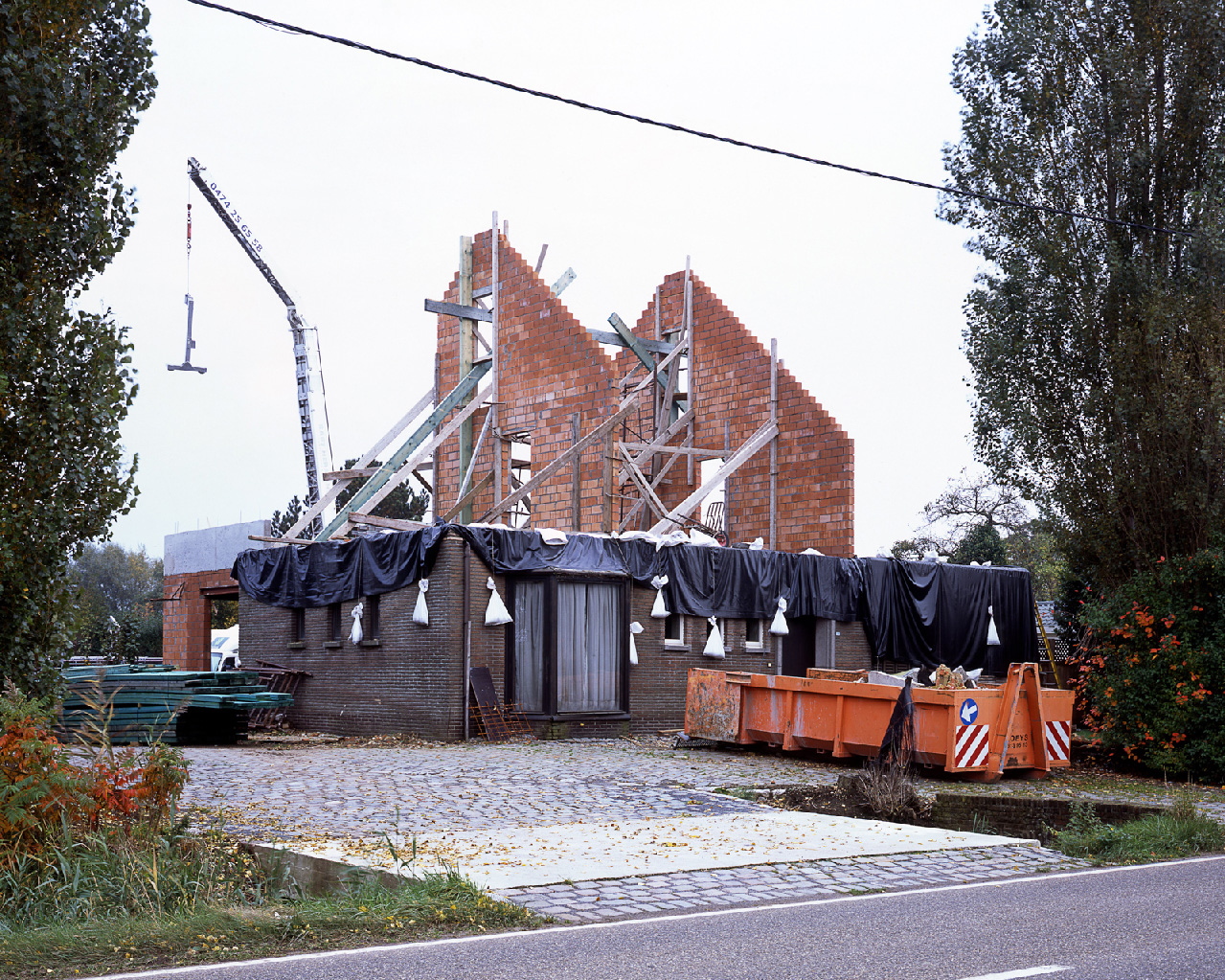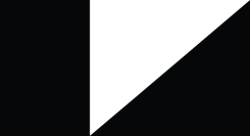Steven Huybrechts
Interview: Thomas Van Loocke
Wooden skeletons, construction sites, stripped living rooms, distinctive abstract street furniture: at first sight, you could be forgiven for thinking that the photographer is a loss to the masonry or architecture profession. Where does this fascination for architecture come from?
(Laughs) I started by photographing buildings that had been extended, that is, buildings that already existed but which had a new volume added to meet a new purpose. To me, this creates seriously interesting sculptures. So it’s much less about building than it is about sculpture. The sculptural and graphic are elements that I really look for in my work. It’s also important to me that these structures are designed for practical use and not for aesthetic reasons. I hunt for unintentional forms.
What is your artistic practice?
I don’t photograph much. One shot each time. If I make a few images in a month, that’s a lot. So I’m not the photographer who produces a steady stream of images. I use a technical camera and always shoot from one position for each picture: it has to be the most logical position that one could choose, so that it’s almost obvious that it was photographed like that. I also try to depict things in the most uniform way possible, like my great example Edward Weston. I admire him because he managed to present each of his subjects in the same way, whether it was a sweet pepper, a woman’s body or a landscape.
Can you tell us other sources of inspiration? Lewis Baltz?
Indeed. In fact, all the New Topographics. But also Belgian photographers like Jan Kempenaers and Geert Goiris, artists such as Peter Fischli & David Weiss and people like Luc Deleu.
You graduated from the Antwerp Academy six years ago. How do you think your work has evolved since then?
At first, I was very dogmatic and I was only doing those spatial constructions, architectural shots, but that gradually broadened and I started photographing landscapes, then living rooms and finally objects. It took me a while to realise exactly what my subject was in those architectural shots. Even though my eye always fell on the same sorts of elements, I couldn’t put my finger on why that was. Once I grasped that it was about the sculptural, about an archaeological perspective on my surroundings, doors opened to creating other works that are actually in line with my earlier work.
Can you explain this some more?
Right now, for example, I’m busy making casts of styrofoam packaging that is used for flat screen televisions. I want to create 3D shapes with them. Not so much the televisions that they originally enclosed, but the raw form of what could be a new product for mass consumption. I want to create a new volume. I’m also still photographing roads, for example, Noorderlaan in Antwerp. I calculate the shutter time in advance, press down my shutter button and start taking a picture through a window. This gives you highly abstract colour fields and it reduces an entire process to a single image.







